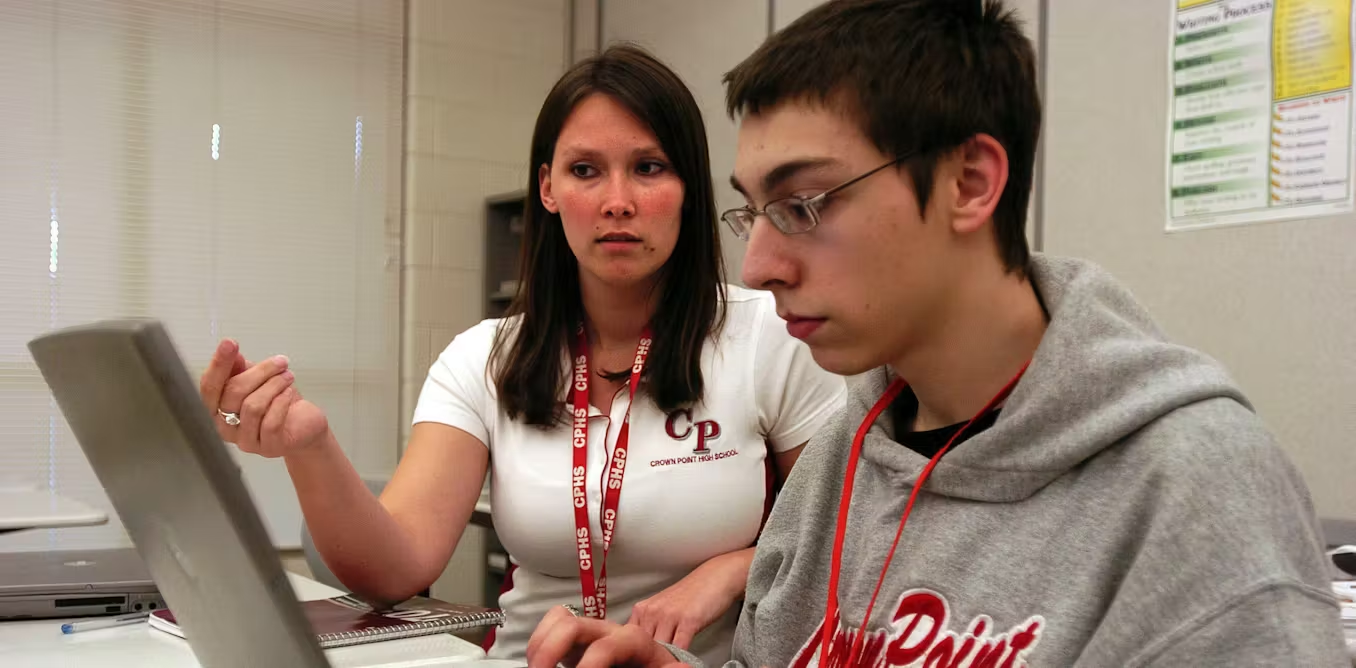Two years since the release of ChatGPT, teachers and institutions are still struggling with assessment in the age of artical intelligence (AI).
Some have banned AI tools outright. Others have turned to AI tools only to abandon them months later or have called for teachers to embrace AI to transform assessment.
The result is a hodgepodge of responses, leaving many kindergarten to Grade 12 and post-secondary teachers to make decisions about AI use that may not be aligned with the teacher next door, institutional policies, or current research on what AI can and cannot do.
One response has been to use AI detection software, which rely on algorithms to try to identify how a specific text was generated.
AI detection tools are better than humans at spotting AI generated work. But they’re a sufficiently imperfect solution, and they do nothing to address the core validity problem of designing assessments where we can be confident in what students know and can do.
Teachers using AI detectors
A recent American survey, based on nationally representative surveys of K-12 public school teachers published by the Center for Democracy and Technology, reported that 68 per cent of teachers use AI detectors.



0 Comments